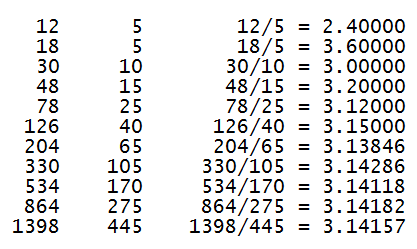Albert Herpin, born in France in 1862 and for fifteen years a hostler in the employ of Freeholder Walter Phares of this city, declares that he has not slept a wink during the past ten years. Notwithstanding this, he is in perfect health, and does not seem to suffer any discomfort from his remarkable condition. He goes to bed regularly, but says he never closes his eyes, or at least never for an instant loses consciousness of all going on about him. In the morning he arises refreshed and ready for another day’s work among the horses. He declares the change of position and the darkness of the room seem to give him all the rest he desires.
— “Hasn’t Slept in Ten Years,” New York Times, Feb. 29, 1904




